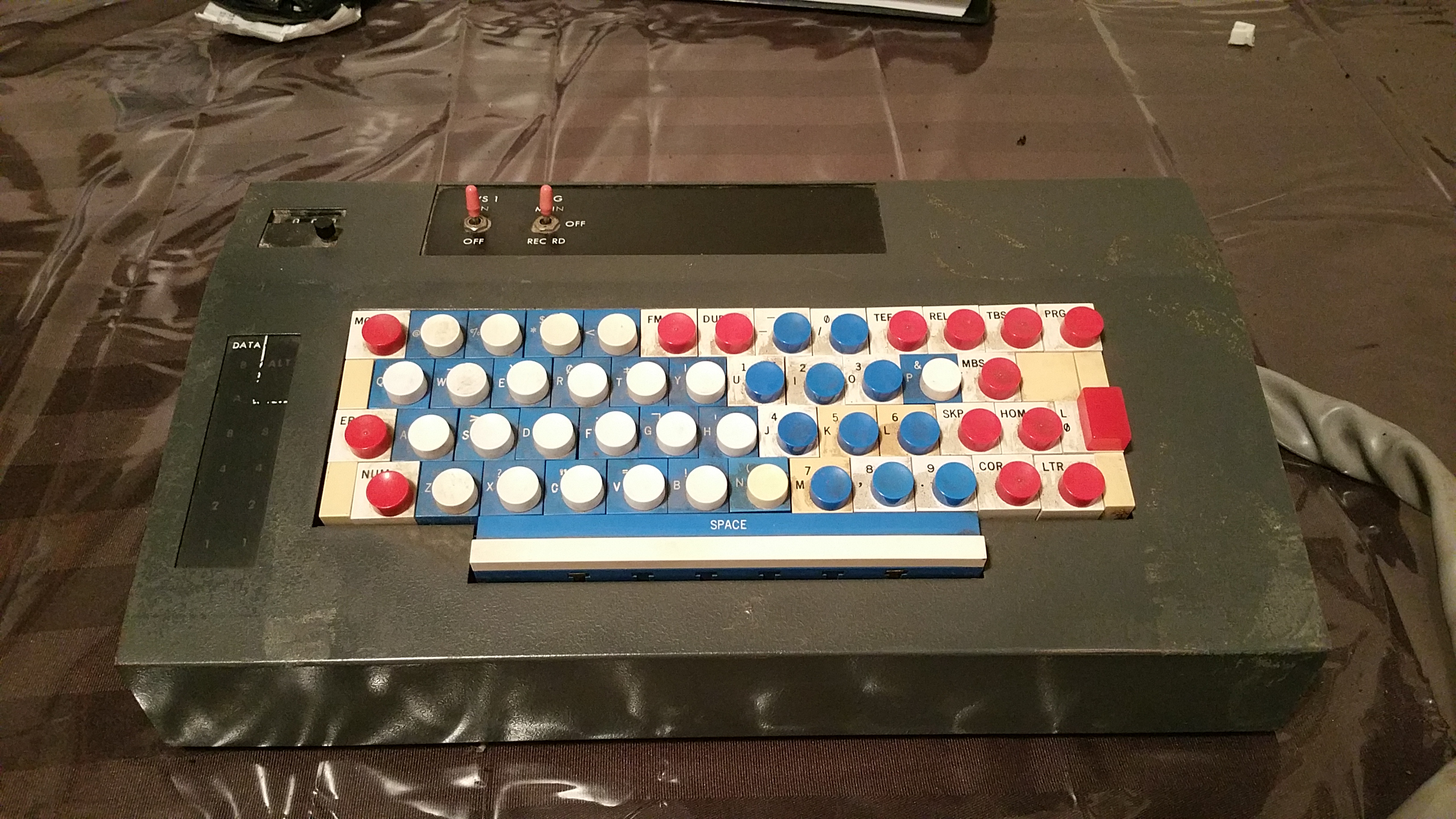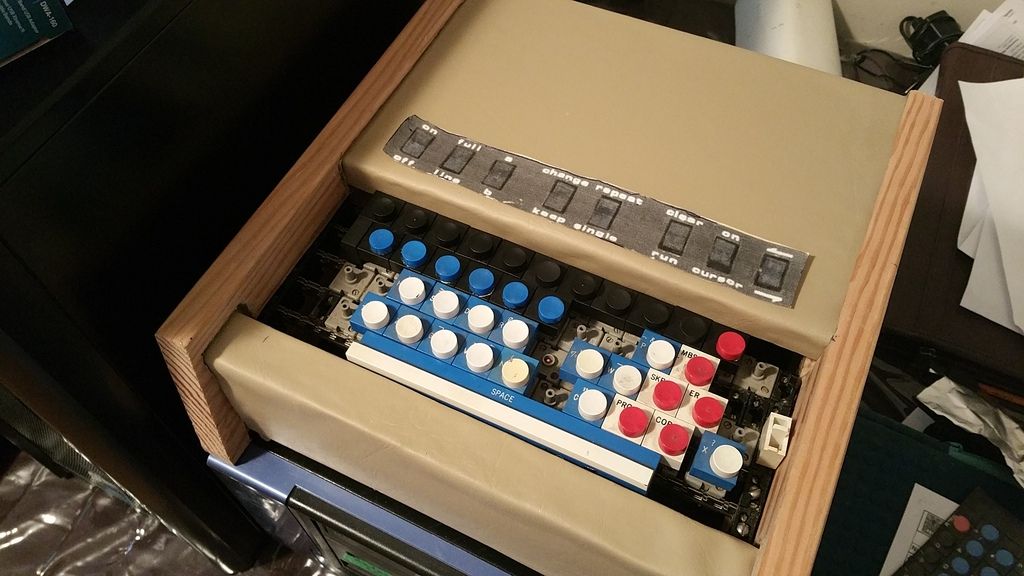I'm new to all this so forgive me -- have long been a fan of the IBM Model M and grew up on them. Still my favourite.
Anyway, I am presently working on a project to recreate Don Lancaster's 1973 TV Typewriter. On that project, he used a keyboard that was before my time and took some investigation to find something close. In his Radio Electronics articles, he simply called them 'surplus keyboards'. One day I happened upon this one on ebay and grabbed it. The keytops were identical to the TV Typewriter, other than color, which he had painted or rearranged.

But then I discovered this site, and saw a Burroughs and Honeywell unit that also had the same design of keys. So I'm wondering now what he really used, which may be impossible to find out as even he doesn't remember the exact model. And I'm wondering who really made all these. I've had it suggested to me that they were all made by Micro Switch?
I'm also wondering how rare these are. Back in Don's day, they were pretty plentiful and available, but now the only place I see them for sale, very occasionally, is ebay. To recreate the TVT I have to arrange the keys on mine a bit and paint the 'callouts' (think that's what they're called) black. I'm wondering if I'm committing a crime against posterity doing that. I'm an experienced railway modeller and have expertise duplicating plastic parts. Part of me is thinking maybe I should leave the original keytops alone, use the switches instead, and make new keytops that I can paint without feeling bad.
I was hoping to find more of these out there and purchase one or two more but they seem to come up very rarely so that's the reason for my pause. They seem like a very versatile, easy to configure keyboard.
I have a blog here for those interested in what I'm doing. http://www.bradhodge.ca/blog

